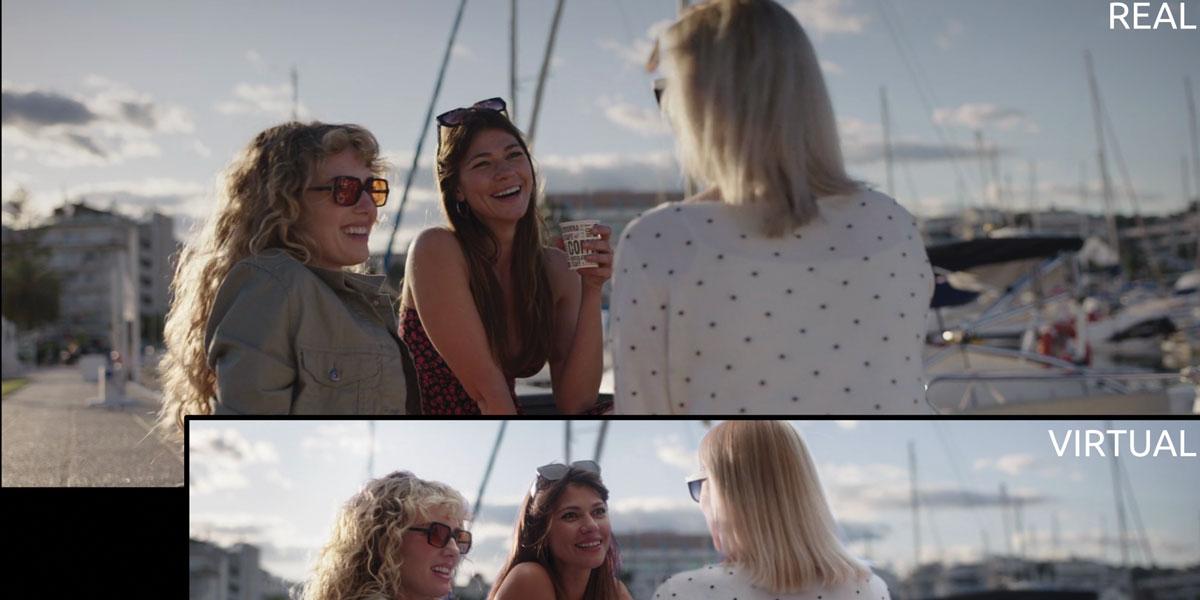Lights, Camera, Virtual Action!
As lines increasingly blur between the real and the virtual, it’s now more crucial than ever to identify the precise benefits to virtualising your production

Sponsored editorial
With the increasing popularity of real-time, hyperrealistic rendering, the now decades-old world of virtual production has become more established and sought-after than ever before. It has reached a stage in which the results achieved in real time may be so realistic that it’s impossible to tell what is real footage and what is a rendered scene.
Once achieved, real-time virtual production brings in a selection of additional benefits; central being cost reduction. But it doesn’t stop there: allowing production of many different scenes on the set – even outdoor ones – optimising staff and actors’ time, reducing travel expense and improving overall efficiency. With virtual production, directors, DOPs and art directors can get the scene right as they want it and for as much time as required. It is possible to shoot a car scene without closing an entire city for hours – or shoot a sunset scene for a whole day, without having to deal with unpredictable lighting and clouds. You can bring a remote location to stage instead of sending a complete crew, with talent, to the other side of the world. Extensive use of this technology could even allow for chronological, rather than scene-based, shooting.
Curiously, many understand virtual production as shooting with LED walls, but it can also make use of chroma sets, video walls or both at the same time. In fact, chroma sets still have a lot to say in virtual production as a mature technology we know how to deal with. Both approaches have their own pros and cons, and it is up to our needs to decide which one to employ.
Virtual production specialists such as MR Factory have pioneered real-time virtual production using chroma sets, achieving incredible results that are indistinguishable from reality. As an exercise, the company took a short film shot in different situations and emulated it with real-time chroma sets.
When shooting with large LED walls, the actors are placed in context with the scene, making acting easier and more fluid; plus the composition needs no keying at all. But the image is constrained to the boundaries of the wall, so if we need wider shots, we will need extremely large LED screens – or to use set extension techniques requiring more processing power.
When employing chroma keying in combination with tracked cameras, the availability of real-time chroma keying and tracking information in layered recordings reduces post-production time when tweaks are required. So virtual production may reduce the time and budget necessary for post-production, all the while improving the end results.
There are many reasons to go virtual with current technology. It is up to content creators to decide which method is best for their storytelling, resources and budget.
Originally published in the Winter 2023 issue of FEED.
